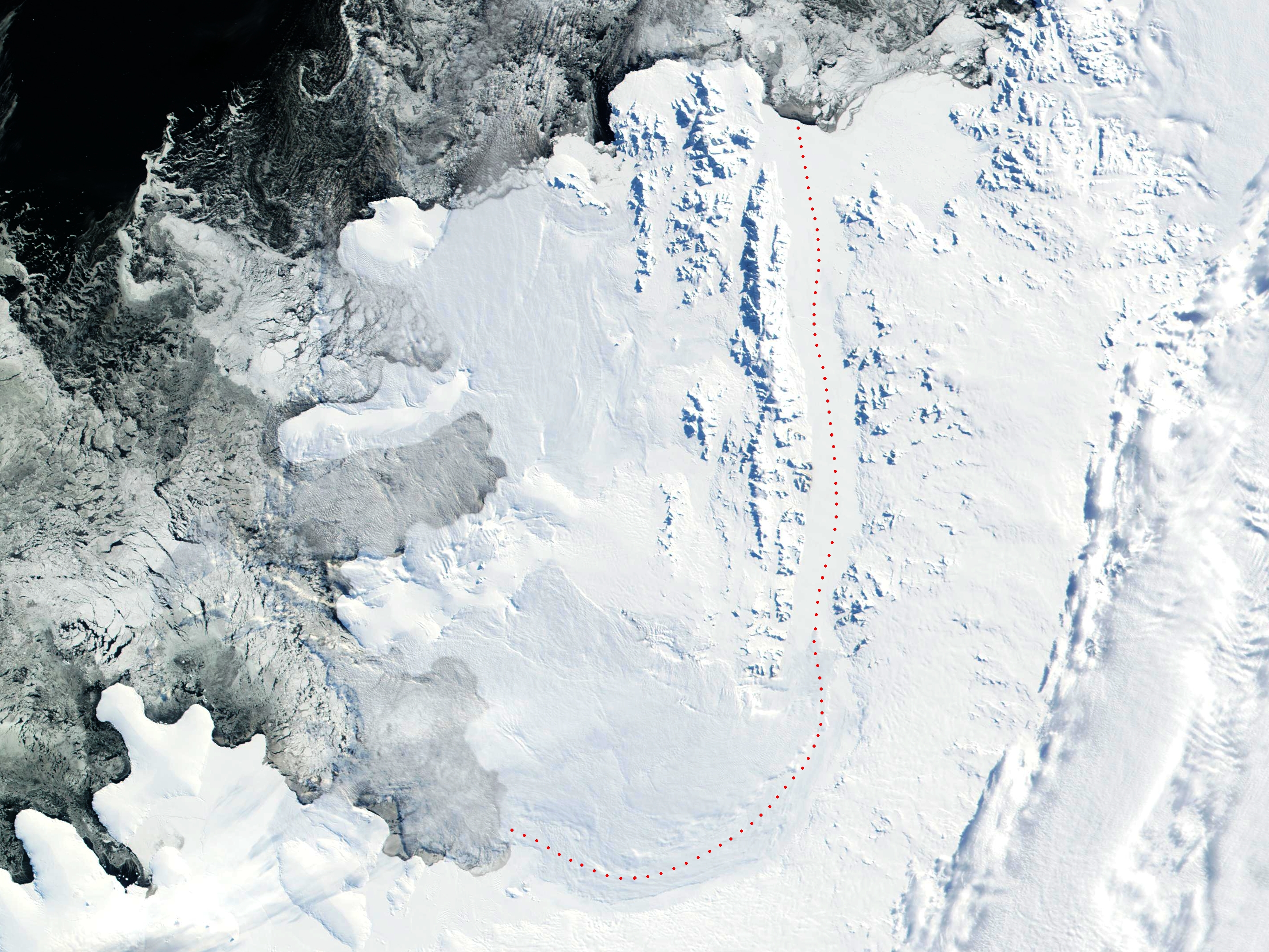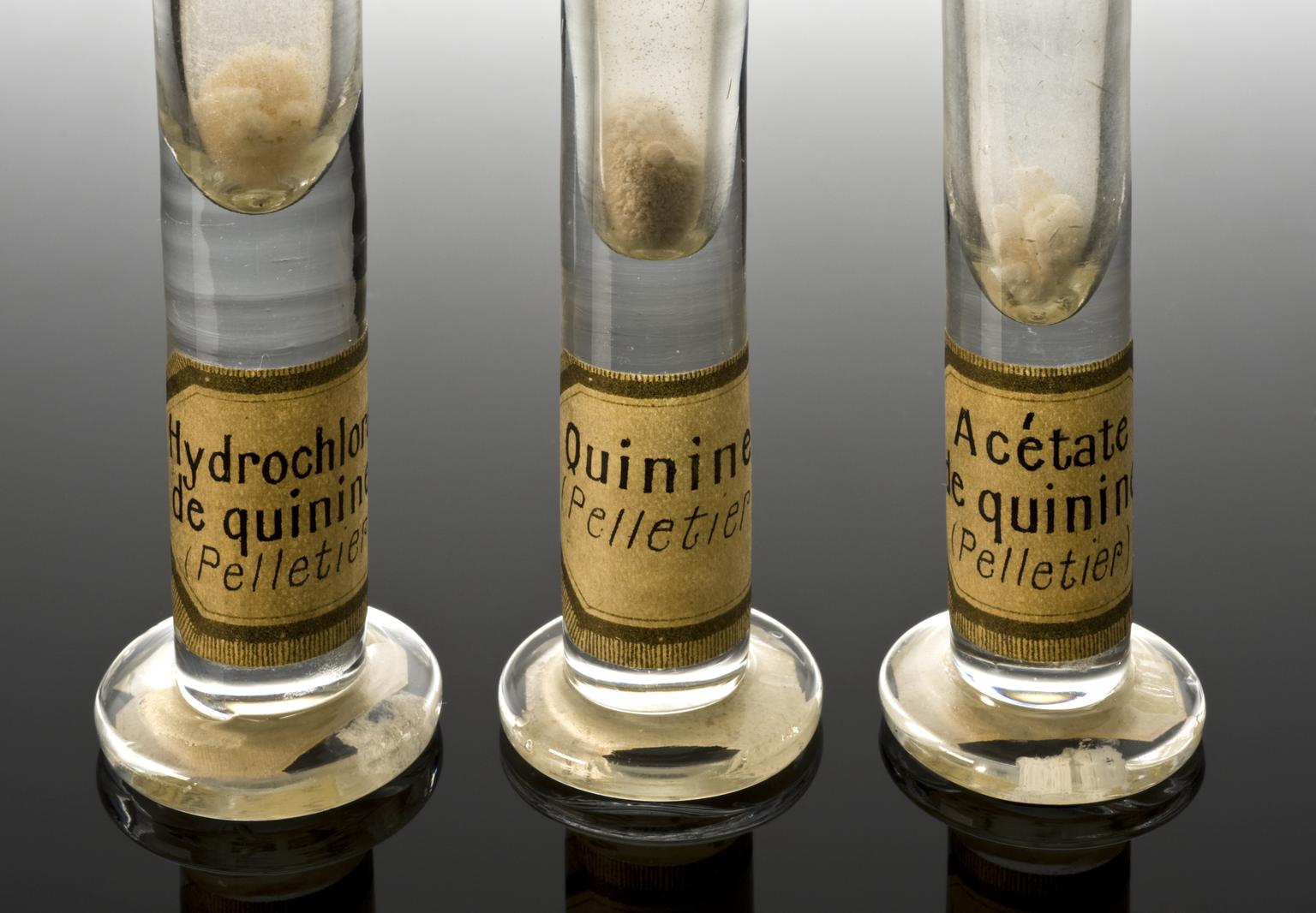|
1821 In Science
The year 1821 in science and technology involved some significant events, listed below. Astronomy * Johann Franz Encke calculates that Comet Encke has a periodic orbit, the second comet after Comet Halley for which this has been discovered. * Alexis Bouvard detects irregularities in the orbit of Uranus. Biology * Swedish mycologist Elias Magnus Fries begins publication of ''Systema Mycologicum'', a key work in the modern taxonomy of mushrooms. * William Jackson Hooker publishes '' Flora Scotica; or, A description of Scottish plants''. * Prideaux John Selby begins publication of ''Illustrations of British Ornithology'', the first set of life-sized illustrations of British birds. Chemistry * John Kidd describes the properties of the substance which he calls '' naphthaline''. * Pierre Jean Robiquet, Joseph Bienaimé Caventou and Pierre Joseph Pelletier isolate caffeine. Geography and exploration * January 28 – Russian explorer Fabian Gottlieb von Bellingshausen discovers ... [...More Info...] [...Related Items...] OR: [Wikipedia] [Google] [Baidu] |
Prideaux John Selby
Prideaux John Selby FRSE Linnean Society, FLS (23 July 1788 – 27 March 1867) was an English ornithologist, botanist and natural history artist. Life Selby was born in Bondgate Street in Alnwick in Northumberland, the eldest son of George Selby of Beal, Northumberland, Beal and Twizell Castle, Twizell (d.1804), and his wife, Margaret Cook. He was educated at Durham School. He studied at University College, Oxford. He succeeded in 1804 to the family estates at Beal, and added to the landholdings there at a cost of some £14000 in about 1840. He sold the Beal estate amounting to in 1850 for £47000 (£ at today's prices). He died at Twizell House and was buried in Bamburgh churchyard. Family In 1810, he married Lewis Tabitha Mitford (1782–1859) daughter of Bertram Osbaldeston Mitford (1748–1800) of Dennet's Hall in Leicester. They had three daughters. Work Selby is best known for his ''Illustrations of British Ornithology'' (1821–1834), the first set of life-size ... [...More Info...] [...Related Items...] OR: [Wikipedia] [Google] [Baidu] |
Société De Géographie
The Société de Géographie (; ), is the world's oldest geographical society. It was founded in 1821 as the first Geographic Society. Since 1878, its headquarters have been at 184 Boulevard Saint-Germain, Paris. The entrance is marked by two gigantic caryatids representing ''Land'' and ''Sea''. It was here, in 1879, that the construction of the Panama Canal was decided. History The Geographical Society was founded at a meeting on 15 December 1821 in the Paris Hôtel de Ville. Among its 217 founders were some of the greatest scientific names of the time, including Pierre-Simon Laplace (the Society's first president), Georges Cuvier, Charles Pierre Chapsal, Vivant Denon, Joseph Fourier, Gay-Lussac, Claude Louis Berthollet, Alexander von Humboldt, Champollion, and François-René de Chateaubriand. Most of the men who had accompanied Bonaparte in his Egyptian expedition were members: Edme-François Jomard, Conrad Malte-Brun, Jules Dumont d'Urville, Jules Paul Benjamin Delessert ... [...More Info...] [...Related Items...] OR: [Wikipedia] [Google] [Baidu] |
Nathaniel Palmer
Nathaniel Brown Palmer (August 8, 1799 – June 21, 1877) was an American seal hunter, explorer, sailing captain, ship designer, and a whale hunter. He gave his name to Palmer Land, Antarctica, which he explored in 1820 on his sloop ''Hero''. He was born in Stonington, Connecticut, and was a descendant of Walter Palmer, one of the town's founders. Sealing career and Antarctic exploration During the 1810s the hides of Antarctic Ocean seals were highly valued as items for trade with China. Palmer served as second mate on board s first voyage, during which she became the first American vessel known to reach the South Shetland Islands. As a skilled and fearless seal hunter, Palmer achieved his first command at the early age of 21. His vessel, a diminutive sloop named , was only in length. Palmer steered southward in ''Hero'' at the beginning of the Antarctic summer of 1820–1821. Aggressively searching for new seal rookeries south of Cape Horn, on November 17, 1820, Pa ... [...More Info...] [...Related Items...] OR: [Wikipedia] [Google] [Baidu] |
George Powell (sealer)
George Powell (1794–1824) was an English sealer, explorer and amateur naturalist. He captained three sealing expeditions to the Antarctic Ocean between 1818 and 1822. Powell was born in London. During his first expedition, in 1818 and 1819, he captained the sloop ''Dove'' and visited South Georgia and Kerguelen Islands. His second expedition, captaining ''Eliza'', lasted from 1819 until 1821, during which time he visited the Falkland Islands and the South Shetland Islands. In 1821 and 1822 he took both ''Dove'', which he captained, and ''Eliza'', captained by John Wright, on another sealing expedition to the South Shetland Islands, for which he produced a very fine chartL. Ivanov and N. Ivanova. Sealing period. In''The World of Antarctica''.Generis Publishing, 2022. pp. 78-84. based on his own observations of the north coast of the group and the observations of others for the southern coast. On 6 December 1821, he co-discovered the South Orkney Islands along with American ... [...More Info...] [...Related Items...] OR: [Wikipedia] [Google] [Baidu] |
South Orkney Islands
The South Orkney Islands are a group of List of Antarctic and sub-Antarctic islands, islands in the Southern Ocean, about north-east of the tip of the Antarctic Peninsula''Antarctica: Secrets of the Southern Continent'' p. 122 , David McGonigal, 2009 and south-west of South Georgia Island. They have a total area of about . The islands are claimed both by Britain (as part of the British Antarctic Territory since 1962, previously as a Falkland Islands Dependencies, Falkland Islands Dependency) and by Argentina (as part of Argentine Antarctica). Under the 1959 Antarctic Treaty, sovereignty claims are held in abeyance. Britain and Argentina both maintain bases on the islands. The Argentine base, Orcadas Base, Orcadas, established in 1904, is sited on Laurie Island. The 11 buildings ... [...More Info...] [...Related Items...] OR: [Wikipedia] [Google] [Baidu] |
Alexander Island
Alexander Island, which is also known as Alexander I Island, Alexander I Land, Alexander Land, Alexander I Archipelago, and Zemlja Alexandra I, is the largest island of Antarctica. It lies in the Bellingshausen Sea west of Palmer Land, Antarctic Peninsula from which it is separated by Marguerite Bay and George VI Sound. The George VI Ice Shelf entirely fills George VI Sound and connects Alexander Island to Palmer Land. The island partly surrounds Wilkins Sound, which lies to its west.Stewart, J. (2011) ''Antarctic An Encyclopedia'' McFarland & Company Inc, New York. 1776 pp. . Alexander Island is about long in a north–south direction, wide in the north, and wide in the south. Alexander Island is the second-largest uninhabited island in the world, after Devon Island. History Alexander Island was discovered on January 28, 1821, by a Russian expedition under Fabian Gottlieb von Bellingshausen, who named it Alexander I Land for the reigning Tsar Alexander I of Russia. What, in ... [...More Info...] [...Related Items...] OR: [Wikipedia] [Google] [Baidu] |
Fabian Gottlieb Von Bellingshausen
Faddey Faddeyevich Bellingshausen or Fabian Gottlieb Benjamin von Bellingshausen ( – ) was a Russian cartographer, explorer, and naval officer of Baltic German descent, who attained the rank of admiral. He participated in the first Russian circumnavigation of the globe, and subsequently became a leader of another circumnavigation expedition that discovered the continent of Antarctica. Like Otto von Kotzebue and Adam Johann von Krusenstern, Bellingshausen belonged to a cohort of prominent Baltic German navigators which helped Russia launch its naval expeditions. Bellingshausen was born on the island of Saaremaa ( Ösel), to the . He started his service in the Russian Baltic Fleet, and after distinguishing himself joined the first Russian circumnavigation of the Earth in 1803–1806, serving on the merchant ship ''Nadezhda'' under the captaincy of Adam Johann von Krusenstern. After the journey, he published a collection of maps of the newly explored areas and islands ... [...More Info...] [...Related Items...] OR: [Wikipedia] [Google] [Baidu] |
Caffeine
Caffeine is a central nervous system (CNS) stimulant of the methylxanthine chemical classification, class and is the most commonly consumed Psychoactive drug, psychoactive substance globally. It is mainly used for its eugeroic (wakefulness promoting), ergogenic (physical performance-enhancing), or nootropic (cognitive-enhancing) properties. Caffeine acts by blocking the binding of adenosine at a number of adenosine receptor types, inhibiting the centrally depressant effects of adenosine and enhancing the release of acetylcholine. Caffeine has a three-dimensional structure similar to that of adenosine, which allows it to bind and block its receptors. Caffeine also increases Cyclic adenosine monophosphate, cyclic AMP levels through nonselective Phosphodiesterase inhibitor, inhibition of phosphodiesterase, increases calcium release from intracellular stores, and Receptor antagonist, antagonizes GABA receptor, GABA receptors, although these mechanisms typically occur at concentrati ... [...More Info...] [...Related Items...] OR: [Wikipedia] [Google] [Baidu] |
Pierre Joseph Pelletier
Pierre-Joseph Pelletier ( , , ; 22 March 1788 – 19 July 1842) was a French chemist and pharmacist who did notable research on vegetable alkaloids, and was the co-discoverer with Joseph Bienaimé Caventou of quinine, caffeine, and strychnine Strychnine (, , American English, US chiefly ) is a highly toxicity, toxic, colorless, bitter, crystalline alkaloid used as a pesticide, particularly for killing small vertebrates such as birds and rodents. Strychnine, when inhaled, swallowed, .... He was also a collaborator and co-author with Polish chemist Filip Walter. See also * Joseph Bienaimé Caventou * Filip Nariusz Walter References XXMNR Further reading * Scientists from Paris 1788 births 1842 deaths French Roman Catholics 19th-century French chemists French biochemists Members of the French Academy of Sciences {{france-chemist-stub ... [...More Info...] [...Related Items...] OR: [Wikipedia] [Google] [Baidu] |
Joseph Bienaimé Caventou
Joseph Bienaimé Caventou (; 30 June 1795 – 5 May 1877) was a French pharmacist. He was a professor at the École de Pharmacie (School of Pharmacy) in Paris. He collaborated with Pierre-Joseph Pelletier in a Parisian laboratory located behind an apothecary. He was a pioneer in the use of mild solvents to isolate a number of active ingredients from plants, making a study of alkaloids from vegetables. Among their successes were the isolation of the following compounds: Quinine sulfate later proved to be an important remedy for the disease malaria. Quinine is the active anti-malarial ingredient in the bark of cinchona tree. Neither of the partners chose to patent their discovery of this compound, releasing it for everybody to use. In 1823 they discovered nitrogen in alkaloid compounds. Other compounds they discovered include colchicine and veratrine. The crater Caventou on the Moon The Moon is Earth's only natural satellite. It Orbit of the Moon, orbits around E ... [...More Info...] [...Related Items...] OR: [Wikipedia] [Google] [Baidu] |
Pierre Jean Robiquet
Pierre Jean Robiquet (; 13 January 1780 – 29 April 1840) was a French chemist. He laid founding work in identifying amino acids, the fundamental building blocks of proteins. He did this through recognizing the first of them, asparagine, in 1806, while working as an assistant for Louis Nicolas Vauquelin. He likewise laid founding work in the industry's adoption of industrial dyes, with the identification of alizarin in 1826, and in the emergence of modern medications, through the identification of codeine in 1832, an opiate alkaloid substance of widespread use with analgesic and antidiarrheal properties. Robiquet was born in Rennes. He was at first a pharmacist in the French armies during the French Revolution years, and became a professor at the École de pharmacie in Paris, where he died. Notable scientific achievements were among other things his isolation and characterization of properties of asparagine (the first amino acid to be identified, from asparagus, achieved. In ... [...More Info...] [...Related Items...] OR: [Wikipedia] [Google] [Baidu] |





